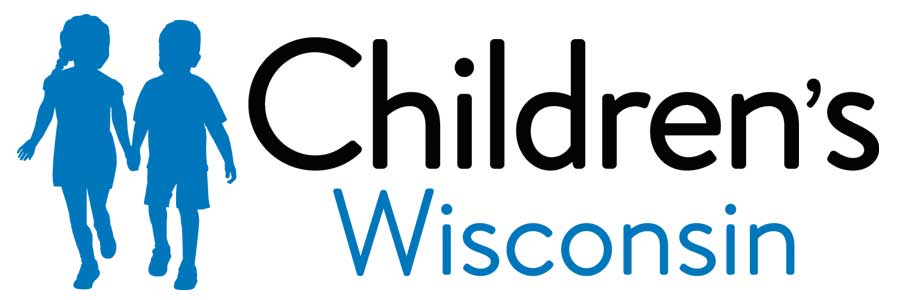Soft tissue injuries (1687)
Key points below
What is a soft tissue injury?
Soft tissues include muscles, tendons and ligaments. These tissues can be injured in sports and fitness activities. A fall, sharp twist, or a hit to the body can cause damage. Also, doing the same movement again and again, like running, hitting a tennis ball, or swinging a baseball bat can damage tissue. Below is a list of the most common soft tissue injuries. The injury your child is being seen for today has been circled. Follow the treatment listed for your child’s injury.
|
Injury |
Treatment |
|
Sprain Ligaments are strong bands of tissue that connect one bone to another. They help support your joints. A sprain happens when you stretch or tear a ligament. Sprains most often happen to ankles, knees and wrists.
|
If the ligament is torn, surgery may be needed. If the ligament is stretched, follow the P.R.I.C.E. treatment:
|
|
Strain when you stretch or tear a muscle, tendon, or both.happensMuscles and tendons support your bones. Tendons connect the muscles to the bones. A strain
|
If the muscle or tendon is torn, surgery may be needed. If the muscle or tendon is stretched, follow the P.R.I.C.E. treatment:
|
|
Contusion when blood collects around the injury, causing the bluish color. Deep bruises don’t always have the bluish color.happensA contusion is bruising of the muscle, tendon or ligament. The bruise happens when blood collects around the injury, causing the bluish color. Deep bruises don't always have the blueish color.
|
If the contusion is severe, special treatment may be needed. The treatment will help to avoid permanent damage to the muscle, tendon or ligament. If mild, follow the P.R.I.C.E. treatment:
|
|
The doctor or nurse will show you how to do the P.R.I.C.E. treatment at home. Your child may learn a few simple exercises. These exercises will help with pain and keep the injured area from getting stiff. |
|
|
Tendonitis
Tendonitis is when the tendon or the tissue covering the tendon becomes sore and inflamed. Most often the only symptom is pain. Sometimes there may be swelling, redness and heat.
|
This injury is often treated with rest to help get rid of stress on the tendons. The doctor may prescribe a medicine to help reduce swelling and pain. Your child may be shown special exercises. These exercises will help correct any imbalance in the muscles. They will also help the injured area be more flexible.
Note: If your child continues to stress an inflamed tendon, it may rupture. Your child may then need surgery and/or a cast.
|
|
Bursitis
|
This injury is often treated with rest. The doctor may prescribe a medicine to help reduce swelling and pain. If mild, follow the P.R.I.C.E. treatment:
|
How can soft tissue injuries be prevented?
- Tell your child to pay close attention to their body’s early warning signs. If your child has soreness or pain, it may be a sign that the soft tissue is being stressed too much.
- Injuries often happen when the body is tired. Have your child stop and take a break if needed.
- A muscle imbalance, lack of flexibility or a weakness in the tissues may cause new injuries in an area that was injured before. Stretching and other exercises may help improve or prevent this problem. Talk with the doctor or nurse to see what your child can do.
- Your child’s equipment should fit well.
- Make sure there is a proper playing surface.





